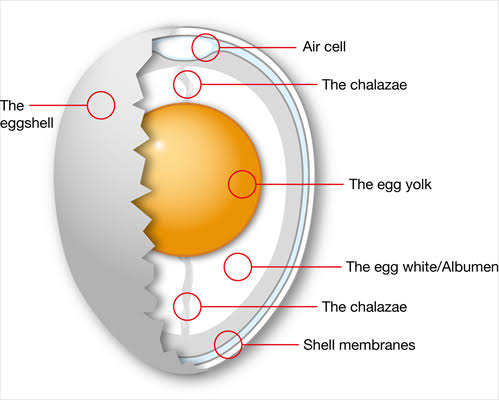Factors Affecting Egg Shell Quality in Turkey
The production of healthy, vigorous, day-old poults is the goal of every hatchery manager—poults which have been hatched from good quality eggs. Being aware of the factors that affect egg shell quality can help farm managers reduce the amount of inferior and cull hatching eggs produced on their farms. These factors can be grouped into the following categories: physiological, nutritional, and mechanical.
Shell quality may be affected by many physiological factors, such as heredity, health, and environment. Individual turkeys differ in their ability to utilize and secrete calcium.
 Learn More
Learn MoreEarly expulsion of soft-shelled or membranous eggs is often observed early in production or at times when the hen’s hormones are out of balance. Delayed egg expulsion results
in two types of cull eggs: extra calcified (chalky) and slab (flat) sided. These may be reduced by avoiding overweight and/or stressed hens. Diseases which cause a fever often result in thin shelled eggs, and some drugs (e.g. sulfas) used to treat health problems also affect egg shell secretion. Heat stressed hens have a less than normal level of calcium in their blood stream, and may produce soft -shelled eggs as well. Although many of these deformities may seem out of our personal control, it is important to remember to select good quality hatching eggs, maintain a healthy flock, and to provide a well ventilated, low stress environment.
A relatively rare cause of egg quality problems is nutritional imbalance. Rations should be formulated to provide adequate levels of protein, phosphorous, calcium, magnesium and Vitamin D. Supplement if necessary.
Most modern day diets have adequate amounts of these nutrients.
Mechanical factors resulting in dirty, stained, cracked, and punctured eggs should be minimized by providing adequate nesting space, frequent egg collection, maintaining a good sanitation program, avoiding wet spots on floor litter, and handling eggs gently. Hens should also be handled with care as rough handling may cause body-checked, wrinkled, and/ or pimpled eggs. Good management practices reduce the number of cull eggs.
Poor quality eggs should not be sent to the hatchery. In addition to producing poor quality poults (or no poults), these eggs may also put at risk good quality hatching eggs since the chance of a poorly shelled egg being contaminated is very high.
A certain number of cull eggs is inevitable. The number and type of cull eggs should be monitored to indicate possible problems and areas of improvement.
Hybrid’s Cull Egg Chart is available from the Hybrid office to assist barn, egg house, and hatchery staff in identifying cull eggs.















